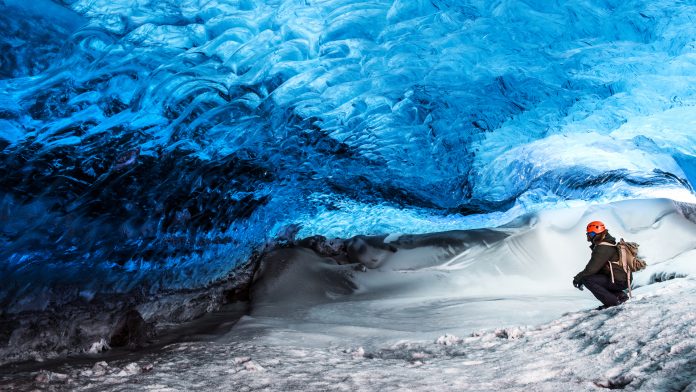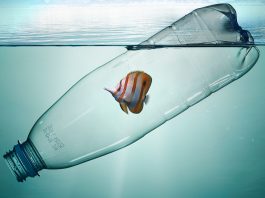An Icelandic led research team has discovered microplastics in Europe’s largest ice cap, a potential warning sign for future environmental implications.
The researchers, comprised of scientists from the Reykjavik University, the University of Gothenburg, and the Icelandic Meteorological Office, located the hazardous microplastics in Iceland’s Vatnajökull glacier – a region thought to be uncontaminated by waste.
Microplastics potentially pose a substantial threat to various aspects of our environment, influencing the rheological behaviour and melting of glaciers, consequently leading to rising levels in our seas and oceans due to increased meltwater.
Until now, the majority of research analysing the effects of microplastic has been primarily focused on the sea, with no comprehensive investigations carried out of its prevalence in the Earth’s ice caps – having already been found in the Ecuadorian Andes, Italian Alps, and Svalbard icebergs.
To make their discovery, the team used the method of optical microscopy and μ-Raman spectroscopy, which allowed them to distinguish a diverse range of microplastic particles and materials, with the scientist believing that they are dispersed through the atmosphere.
Dr Hlynur Stefansson, the lead author of the study and an Associate Professor at the Reykjavik University Department of Engineering, said: “We do not understand well enough the pathways for microplastic particles in our environment. Is the plastic carried by snow and rain? We need to know more about the causes. The samples we took are from a very remote and pristine location in Vatnajökull glacier, with no easy access, so direct pollution from human activity is unlikely.
“We also need to know much more about the short and long-term effects of microplastic on the dynamics of the ice and if they contribute to the melting of glaciers. If that is the case, it will play a critical role in future meltwater contribution to the oceans and rising sea levels. The plastic particles degrade very slowly in the cold glacier environment and can accumulate and persist in the glaciers for a very long time.
“Eventually, however, they will be released from the ice, contributing to pollution in rivers and the marine environment. It is therefore very important to map and understand the presence and dispersal of microplastics in glaciers on a global scale.”





